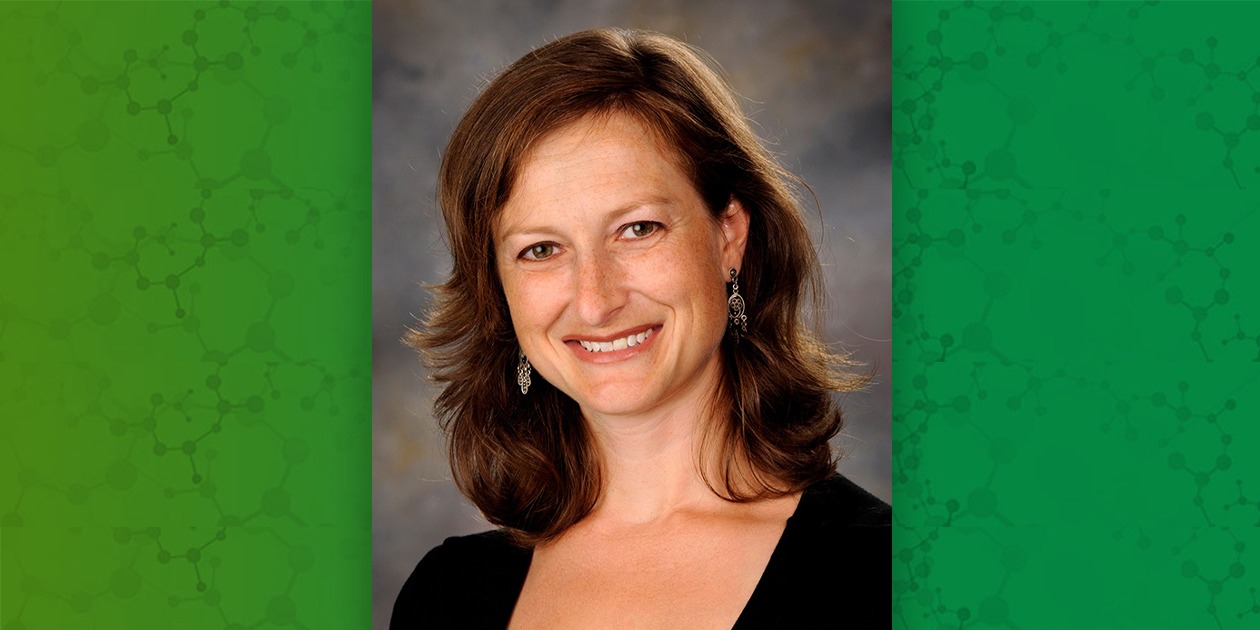During two recent NIEHS Superfund Research Program (SRP) Progress in Research webinars (see sidebar), grantees discussed innovative strategies for bioremediation — the process of using bacteria, fungi, and plants to break down contaminants.
“One of the goals of SRP is to encourage multidisciplinary approaches to create sustainable solutions for reducing exposures to hazardous substances in the environment,” said SRP Health Scientist Administrator Heather Henry, Ph.D., during opening remarks. “By combining expertise in bioremediation and materials science, these grantees are developing novel remediation strategies that can protect health sustainably.”
More than 400 participants from academia, industry, government, environmental engineering, and community groups joined each of the first two sessions in the series.
Breaking down per- and polyfluoroalkyl substances
The first session focused on cleaning up per- and polyfluoroalkyl substances (PFAS). Although a common theme was that PFAS are difficult to break down, technologies that combine novel materials and bacteria can help the process.
“PFAS are a group of manmade chemicals of increasing concern,” explained Yujie Men, Ph.D., from the University of California, Riverside. “We encounter them in things we use every day, such as nonstick pans, water repellent materials, and some cosmetics.”
 Men and team, including trainees Shun Che, front, and Huaqing Liu, Ph.D., back, are improving their system to break down PFAS in groundwater faster than current technologies. (Photo courtesy of Yujie Men)
Men and team, including trainees Shun Che, front, and Huaqing Liu, Ph.D., back, are improving their system to break down PFAS in groundwater faster than current technologies. (Photo courtesy of Yujie Men)For example, Men discussed her team’s work to use nanomaterials powered by solar electricity(https://tools.niehs.nih.gov/srp/programs/Program_detail.cfm?Project_ID=R01ES032668) to create conditions that allow bacteria to break the strong carbon-fluorine bonds that hold PFAS molecules together.
Similarly, Peter Jaffé, Ph.D., from Princeton University, introduced his team’s work to develop nanoparticles made of the mineral ferrihydrite(https://tools.niehs.nih.gov/srp/programs/Program_detail.cfm?Project_ID=R01ES032694) and coated with polyacrylic acids, which are biodegradable materials used in food packaging and diapers to retain water.
“In lab studies, we’ve seen that polyacrylic acids speed up the movement of our nanoparticles, allowing them to reach bacteria and create conditions that favor degradation of PFAS molecules,” said Jaffé. “In the future, we hope to explore how this can be implemented in the field.”
Diana Aga, Ph.D., from the State University of New York at Buffalo, discussed her team’s two-step approach(https://tools.niehs.nih.gov/srp/programs/Program_detail.cfm?Project_ID=R01ES032717) using graphene-metal nanoparticles to kick-start PFAS breakdown and bacteria to finish the job.
 Aga, left, and team, including trainee Utsav Thapa, Ph.D., right, are analyzing every step of their work to make sure it does not generate toxic byproducts. (Photo courtesy of Douglas Levere / State University of New York at Buffalo)
Aga, left, and team, including trainee Utsav Thapa, Ph.D., right, are analyzing every step of their work to make sure it does not generate toxic byproducts. (Photo courtesy of Douglas Levere / State University of New York at Buffalo)Using sorbents to clean up contaminants
Another group of SRP grantees discussed their research to develop sorbents — which bind to and retain hazardous contaminants — that can be combined with bacteria to capture and degrade hazardous substances more efficiently.
“We are excited to be part of this team that NIEHS has put together to transition university research into novel field technologies,” said Upal Ghosh, Ph.D., from the University of Maryland, Baltimore County.
Ghosh is developing carbon-based sorbent materials(https://tools.niehs.nih.gov/srp/programs/Program_detail.cfm?Project_ID=R01ES032719) that can bind to chlorinated compounds and enhance the ability of bacteria to break them down.
“Using bacteria and other microorganisms to clean up contaminants in the field is challenging,” explained Tim Mattes, Ph.D., from the University of Iowa. “Our team is customizing activated carbon(https://tools.niehs.nih.gov/srp/programs/Program_detail.cfm?Project_ID=R01ES032671) to enhance the ability of bacteria to break down pollutants and improve the performance of these remediation strategies.”
Youneng Tang, Ph.D., from Florida State University, and Yuexiao Shen, Ph.D., from Texas Tech University, presented their work developing sorbents that stimulate the growth of clusters of bacteria(https://tools.niehs.nih.gov/srp/programs/Program_detail.cfm?Project_ID=R01ES032692) on their surface to break down mixtures of groundwater contaminants.
 Don’t miss the third and final session of the webinar series on May 13. The event will feature researchers exploring how plants and fungi can be used to remove hazardous substances from soil. (Image courtesy of Nature_Design / Pixabay.com)
Don’t miss the third and final session of the webinar series on May 13. The event will feature researchers exploring how plants and fungi can be used to remove hazardous substances from soil. (Image courtesy of Nature_Design / Pixabay.com)“We are applying materials science to develop a system(https://tools.niehs.nih.gov/srp/programs/Program_detail.cfm?Project_ID=R01ES032707) that can treat contaminants for extended periods of time,” explained Lewis Semprini, Ph.D., from Oregon State University. “We use a slow-release compound in hydrogel beads that promotes the growth of bacteria to break down chemical mixtures.”
“The presentations demonstrated how materials science can improve the applicability of bioremediation by accelerating the speed of the process, preventing the formation of unintended byproducts, or facilitating the ability to clean up co-contaminants simultaneously,” said Henry.
(Mali Velasco is a research and communication specialist for MDB Inc., a contractor for the NIEHS Superfund Research Program.)
Source link
factor.niehs.nih.gov


